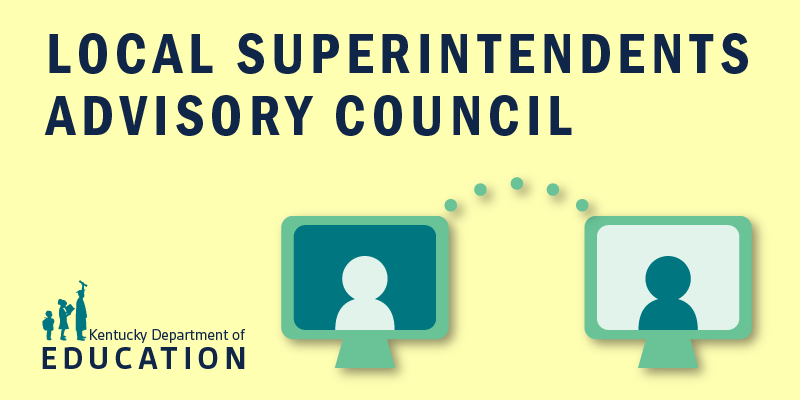(FRANKFORT, KY) – Kentucky Education Commissioner Wayne Lewis called on schools and districts to raise the bar on student outcomes and close the achievement gap between low-income students, students of color and their peers.
Lewis presented a report to the Kentucky Board of Education (KBE) at its meeting Feb. 6, titled “The Imperative of Achievement Gap Closure in Kentucky,” which highlighted the need to bring equity in learning to each classroom in Kentucky.

Commissioner Wayne Lewis
“Kentucky’s public school system is fundamentally different from the system of the 1980s. Kentucky has been noted for reforms leading to greater equity in school funding, increased performance accountability and higher academic standards,” said Lewis. “However, the most notable of the education challenges we continue to face are socioeconomic and racial achievement gaps.”
Using real district accountability data from Kentucky’s new School Report Card dashboard, Lewis painted the picture of student outcomes for the “Wildcat Independent School District,” a pseudonym for an actual district.
“In the Wildcat Independent School District, only 41 percent of economically disadvantaged elementary school students scored proficient or higher in reading, compared to 69 percent of their non-economically disadvantaged peers who scored at the proficient level or higher,” said Lewis. “The gaps in reading remain constant at the middle and high school levels.
“In math, only 36 percent of economically disadvantaged elementary school students scored proficient or higher, compared to 66 percent of their non-economically disadvantaged peers. The mathematics gaps widen at the middle and high school levels.”
The racial achievement gaps in Wildcat Independent are just as significant as the socioeconomic gaps, but the scores of African American students as a group are most troubling, Lewis said. Smaller percentages of African American students score at the proficient level or higher on state assessments as they progress through the grades.
“Only 34 percent of Wildcat African American elementary students score at the proficient level of higher in mathematics as compared to 56 percent of their white peers. At the middle school level, percentages for African American students falls to 24 percent, and 23 percent at the high school level,” said Lewis. “In comparison, the percentages of White students scoring proficient or higher in mathematics remains relatively constant across the elementary, middle and high school levels.”
The accountability data in this example is relatively consistent with Kentucky’s 172 other school districts.
“There is no doubt that socioeconomic and racial achievement gaps are a function of home, community, and school factors, and the elimination of gaps will require that challenges in each of these areas are addressed,” said Lewis. “It is also true, however, that for many children who face significant challenges at home, public schools are their best hope for academic achievement and professional success.”
Lewis cited research which shows that even when no variable is changed except teacher behavior and quality of instruction, academic and behavioral outcomes for students can change.
“Effective instruction matters. Exposure to grade level content matters,” said Lewis. “High expectations for all students regardless of their background matters. Leadership committed to addressing gaps, not minimizing or ignoring them, matters.”
The implementation of Kentucky’s 5-Star school and district accountability system will help the state make gains in closing the gaps. A school will not be rated as one of Kentucky’s best, with a 5-star rating, if it has not addressed significant gaps between the performances of groups of students.
In the new system being implemented this academic year, elementary and middle schools will receive star ratings ranging from 1 star to 5 stars based on proficiency in reading, math, science, social studies, and writing; and student growth in reading and mathematics. High schools will be rated based on proficiency in reading, math, science and social studies; student growth in reading and math; transition (postsecondary) readiness; and graduation rate.
“Such an accountability and value statement is bold and ambitious, but absolutely necessary if Kentucky is to make the progress with achievement gap closure necessary for the success of our children and our Commonwealth,” said Lewis.
You can view data from the 2017-2018 school year on the state’s School Report Card. The 5-star rating system will be active in fall 2019 when 2018-2019 school year data is released.




Leave A Comment